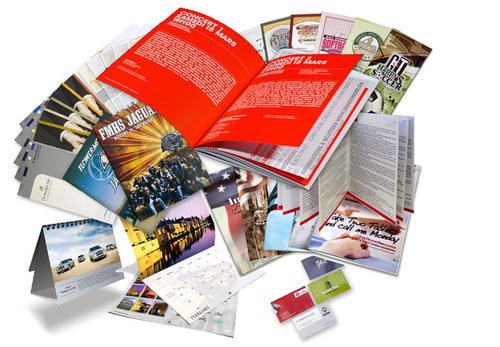Post-press processing technology
refers to the treatment of printed products after they are completed. Surface
processing is to improve the beauty and quality of packaging. It mainly
includes film coating, polishing, UV, oil, bulging, crimping, calendering, hot
stamping, embossing, punching, rounding, cracking, die cutting, indentation,
folding, binding and other processing technologies.
Lamination is to apply transparent
plastic film to the surface of printed matter through hot pressing or cold
lamination. Its effect is more smooth and bright, the picture and text color is
more colorful, and the surface is smooth, bright, waterproof, antifouling,
wear-resistant, folding resistant and chemical corrosion resistant.
Hot stamping process, also known
as hot press printing, is to make the patterns or words that need to be hot
stamped into a convex version, and print all kinds of aluminum foil on the
substrate with the help of a certain pressure and temperature, showing a strong
metallic light, so that the product has a high-grade texture. At the same time,
because aluminum foil has excellent physical and chemical properties, it can
protect printed matter in book
printing companies.
Spot, oiling and waxing process is
a processing process to improve the high gloss and dazzling texture of printed
products by locally coating UV varnish on the pictures and texts on the paper
surface, so that the surface of printed products seems to be attached with oil
", also known as" oiling ". Glazing is to apply or spray a layer
of colorless transparent paint on the surface of the printed matter to increase
the luster of the printed matter and play the role of waterproof and oil stain
prevention on the surface of the package. A layer of gloss oil or dumb oil on
the surface of the printed matter is to protect the printed matter from water
and scratch. At the same time, gloss oil can improve the brightness of the
printed matter. Dumb oil can make the printed matter more high-grade and form a
shiny film.
Concave convex technology is to
make the paper surface form a three-dimensional effect higher or lower than the
paper plane through the prefabricated engraving model and pressure. It can be
divided into single-layer concave convex and multi-layer concave convex.
Various embossed graphics and patterns show patterns of different depths, with
an obvious sense of relief, which increases the three-dimensional feeling and
artistic appeal of the printed matter.
Relief embossing came into the
market with the emergence of laser engraving technology. Due to the
three-dimensional visual effect, the visual effect of prints has been improved.
Before the Chinese printers using the relief embossing process, the thickness and toughness of the paper
should be considered first, because there needs to be a certain drop between
the deepest and shallowest parts of relief embossing to show the
three-dimensional relief effect
Die cutting indentation is also
known as die cutting molding, knife buckle, etc. the die-cutting process can
make the printed matter or other paper products into a die-cutting knife plate according
to the pre-designed graphics for cutting, and roll the paper into a certain
shape on the die-cutting machine, so that the shape of the printed matter is no
longer limited to straight edges and right angles, but also can be used for
hollow decoration.

 Email:[email protected]
Email:[email protected] Tel/WhatsApp:+86 13580851182
Tel/WhatsApp:+86 13580851182














